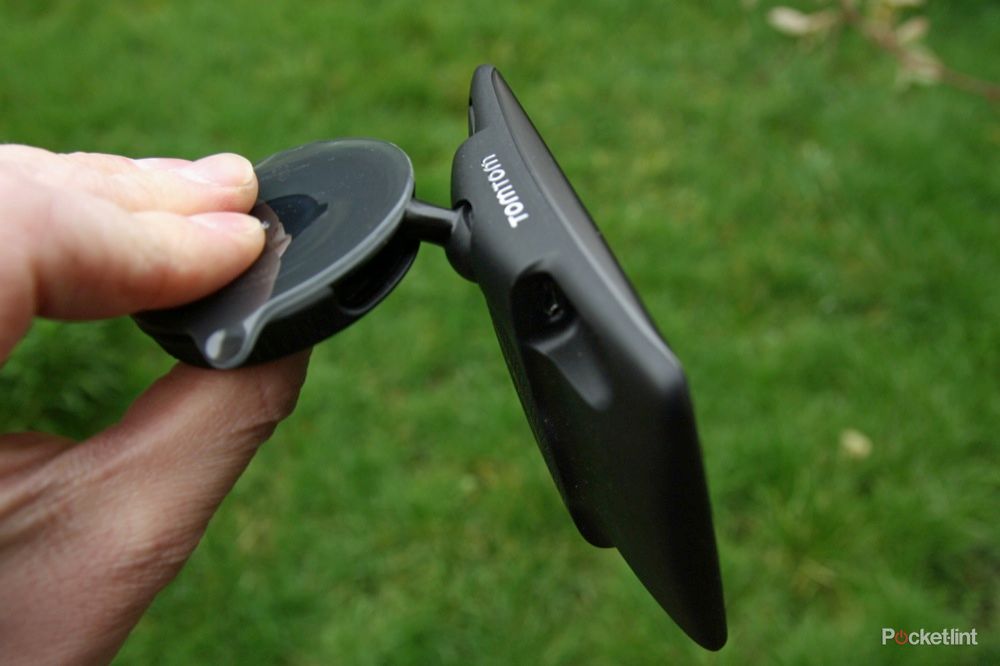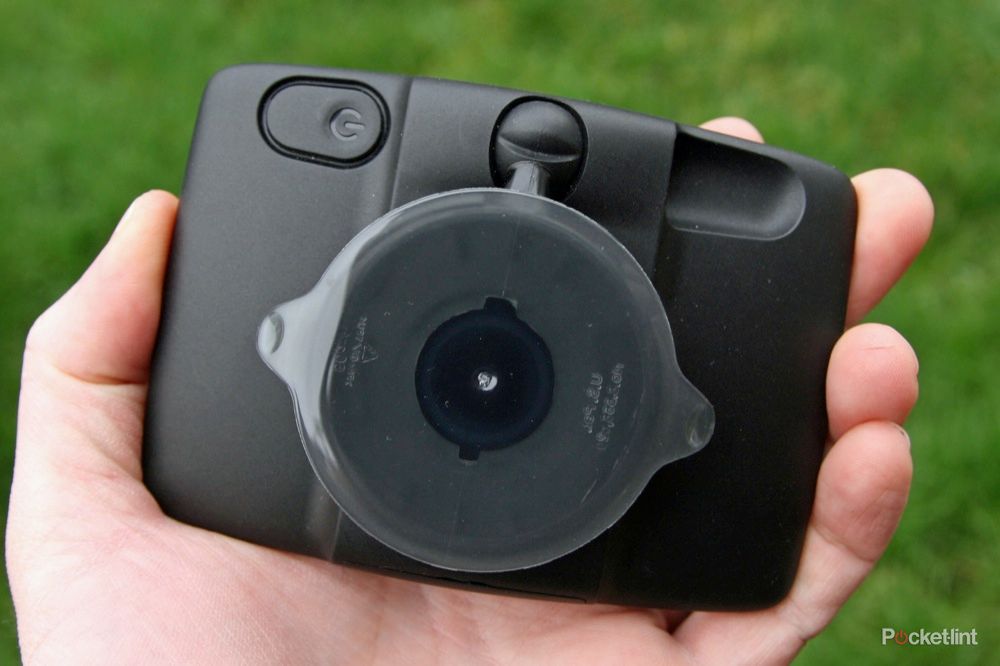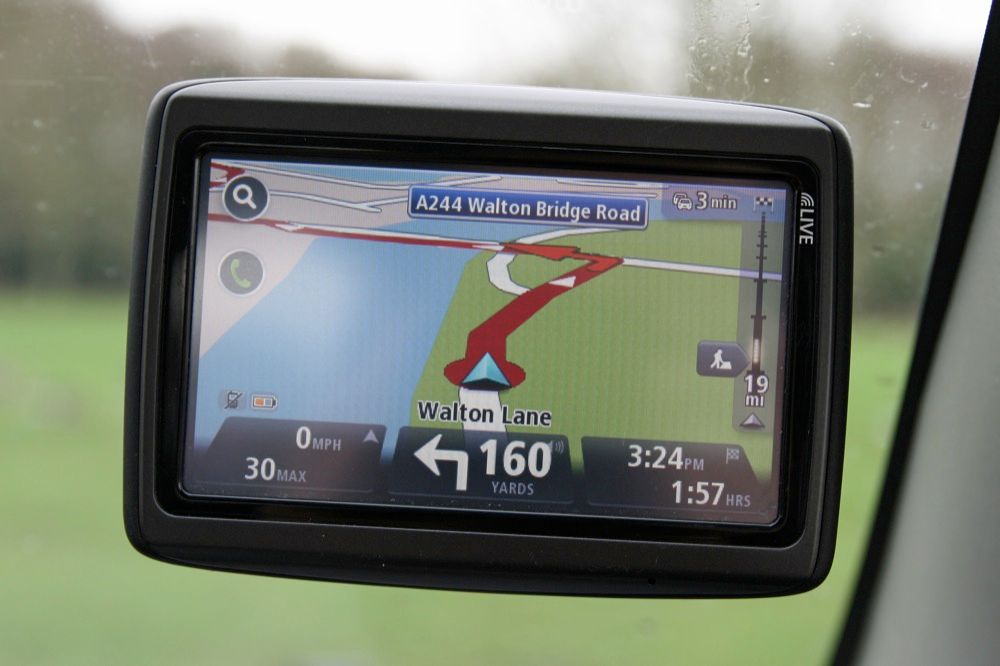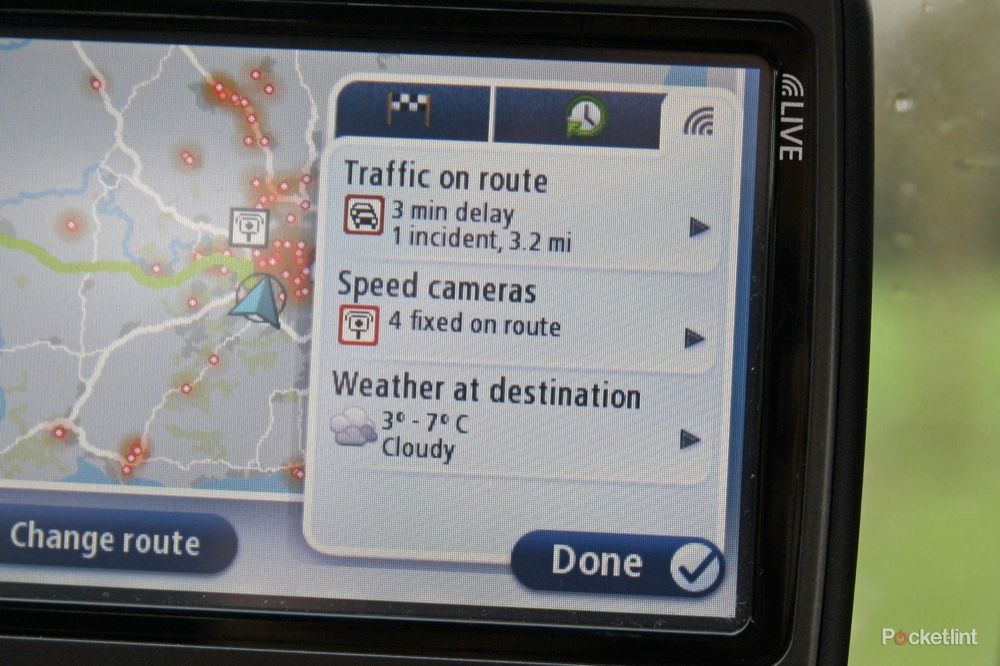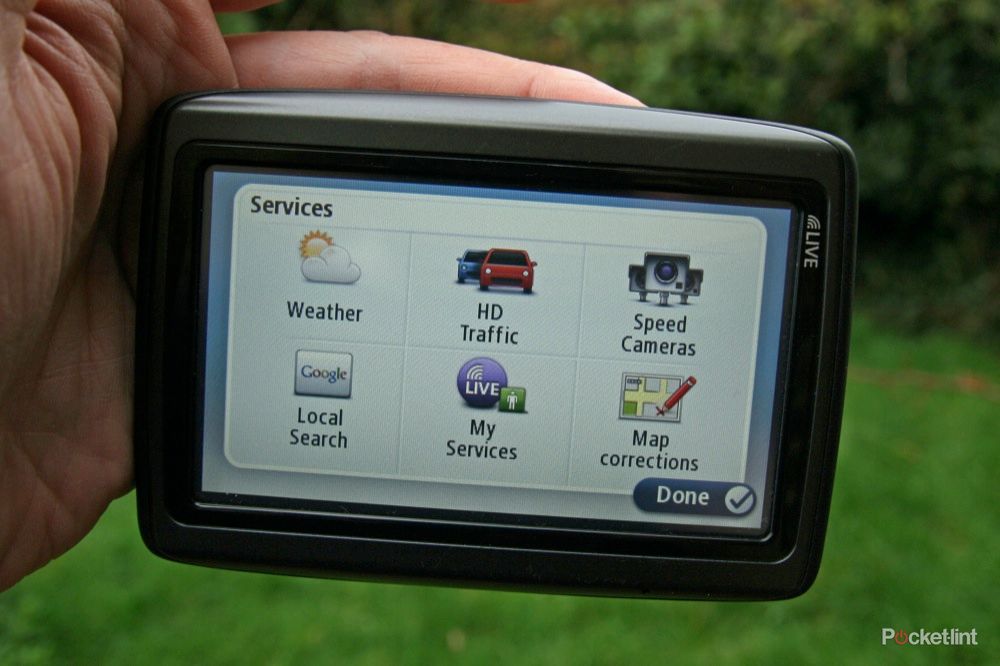The TomTom Via Live 120 sits in the middle of TomTom’s range of satnav devices, a step down from their all-encompassing Go line, and above the XL and Start models. The Via Live 120 comes in two versions, European mapping and the “regional” mapping, in our case giving us maps for UK and Ireland. There is also a Via 125, which has a larger 5-inch screen.
Our quick take
Priced at £179.99, for those who drive regularly, the Via Live 120 is a great device. For an extra £20 you can get the complete European mapping. With a number of devices in the TomTom range, you might find that your needs are serviced adequately by another device, with the XL Live devices offering similar features at lower prices.
Dedicated satnav devices are having to work harder and harder as services like Google Maps Navigation (free on your Android smartphone) continue to make gains. There will always be those who don’t use a smartphone, but for many, taking the “free” Android option instead might be preferable.
However, that said, we like having a separate dedicated device and we still think that TomTom’s navigation solution is amongst the best, certainly better than free smartphone offerings. One of the key things you are getting here is HD Traffic, which is a service that we’ve found ourselves using on every journey over the past month. As such, TomTom’s Via Live 120 comes recommended.
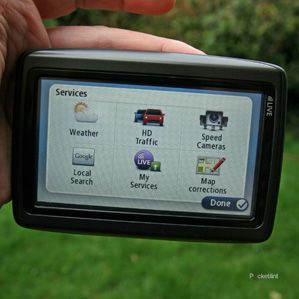
TomTom Via Live 120 - 4.0 / 5
| FOR | AGAINST |
|---|---|
|
|
The TomTom Via Live 120 gives you a 4.3-inch screen, which we think is a good size for a satnav device. The body measures 119 x 80 x 25mm, although this doesn’t include the permanently attached windscreen mount, which brings it up to approx. 36mm when folded flat. This mount is connected to the rear of the Via Live 120 via a ball and socket joint that provides plenty of flexibility when it comes to getting the right position for your unit.
The mount itself uses a simple twist-lock suction system, so you offer it up to the windscreen, press and twist and it attaches. We found it to be very reliable too, staying in place 99% of the time on our first attempt. The design means you can elect to suction the unit to your dash too (if your windscreen is too far away for example) and an onboard accelerometer will rotate the screen accordingly. Of course, you’ll have to have smooth surface to suction on to if you are going to mount it on your dash, but we also found ourselves attaching it to a glass coffee table when route planning.
Powered via the 5V socket in your car, the power cable comes in two parts. The first part is the plug itself, which is actually just a USB socket, the second part being the USB cable that runs to the TomTom with a Micro-USB connection on the end. The advantage of using a standard connection is that you can also use it to charge your smartphone in-car as you drive - or, seeing as the power plug is USB, you can connect any other USB device to charge, such as your iPod or iPhone.
In terms of design there is little say. The power button is around the back keeping the lines nice and clean. The unit is constructed from sturdy plastics. The TomTom name is embossed in silver on the top and bottom of the unit, so it displays through the windscreen. This might be a nice way of TomTom letting others know your satnav of choice, but we found the silver writing reflected off the inside of the windscreen which was a little annoying.
Power on and you are greeted with TomTom’s easy to use interface. This has been redesigned in recent times to a more user-friendly system, acknowledging that many of us are now using a touch interface on a daily basis on our phones. It is still all menu based, for the most part easy enough to get around, but the wealth of features do take some time to become familiar with - especially when you want to dig out one particular setting, like cancelling the ear-piercing speed camera alerts.
From the driving display itself you have a number of instant access areas. Touching the main screen area takes you through to the navigation and settings menus, but there are also options sitting behind the other information panels around the screen, so you can easily change the volume, examine the traffic information or access your Bluetooth-connected phone for example.
The resolution of the display is 480 x 272 pixels, adequate for the text and images it displays. We’ve always been fans of TomTom’s visuals and we think they have one of the best mapping displays when it comes to driving, keeping things simple, but giving you enough information to be able to glance and relate that information to the road in front of you. It will also switch to night colours when it gets dark. The matte finish to the display deals with reflections well, and the only time we couldn’t see the display was when the sun was going down and shining directly through the back window of the car.
GPS pick-up is good on the Via Live 120 and in a head-to-head against a smartphone it reliably pinpointed us faster on every occasion. The navigation that TomTom offers is also very smart, in this case incorporating two of TomTom’s technologies.
The first is IQ Routes, although this isn’t unique to TomTom as most rivals will offer a similar service. Essentially what it does is plan the best route for you based on the time you want to travel and historical traffic conditions on your route. The idea is that if you could save time by routing through a town rather than on a bypass, it will take you that way. It seems to work, but in the case of the Via Live 120, it works with HD Traffic as well.
HD Traffic is a little more special and a unique TomTom technology (although other satnavs also offer traffic services). HD Traffic offers you real-time traffic information garnered from a number of systems, including the free broadcast traffic information, but more essentially, by live monitoring the conditions on roads from the density of mobile phone users within a particular cell zone. All the data is churned through TomTom’s data centres and arrives in your TomTom approximately every 2 minutes, so you’ll know pretty quickly if there is a change in traffic conditions on your route.
The “Live” part of the name party refers to this service, but obviously, HD Traffic is a premium feature. As such it attracts a subscription cost after the first year (£47.50 per year) and along with this you get the other Live services: Mobile Speed Cameras, Local Search with Google, Live QuickGPSfix and Weather. As you get the first year free, you’ll get the chance to see whether you think the service is worth the ongoing cost - if you don’t renew it, you still have excellent navigation.
On the road we found the TomTom Via Live 120 to be excellent. Fast route planning, with easy to find locations and good clear instructions. The speed of re-routing is also very fast, so if you make a mistake or decide to make a quick diversion, it will put you back on route pretty quickly.
The on-screen keyboard is just about big enough to key in details, although as a resistive display it doesn’t have the great response that you get from many smartphones these days. It offers voice control too, which we found was reasonable at recognising locations and did make it fast to speak an address.
We also like the incorporation of Google searching - this means you can find locations that aren’t included in the POIs, but these need to be used with caution. Parking and fuel we found to be generally reliable and it is easy enough to insert a POI on your route as the need arises. Some of the locations are not quite right however, and on a couple of occasions we found ourselves in the wrong place. Google Local Search did on one occasion see us driving to a restaurant that blatantly wasn’t there, but on the whole, it works well enough.
One oddity with adding waypoints, or vias, on your route is that the navigation doesn't announce them. They are indicated on the display, but if you have your eyes on the road, you can easily miss the point on your route and drive right past, only to be turned around and moved on to your destination. If you're hunting for fuel this is less of a problem, but it's still irritating to have it request you "turn around where possible" when you're actually just arriving where you asked it to take you.
You need to use the TomTom Home desktop application to keep your device up-to-date with maps as we found that in some cases the maps were wrong, especially when driving around Reading, for example, where the junction changes around the M4 weren’t on the device.
The TomTom Via range is aimed at what TomTom calls “casual drivers” but it still comes packed with features. Using Bluetooth you can connect your phone, which is likely to appeal to business folk who find themselves on the road for longer than they’d like. It will give you access to your address book, as well as things like recent calls, making it quick and easy to pick those you speak to regularly.
To recap
Compact and smart, the TomTom Via Live 120 is an excellent navigation device with a lot going for it

